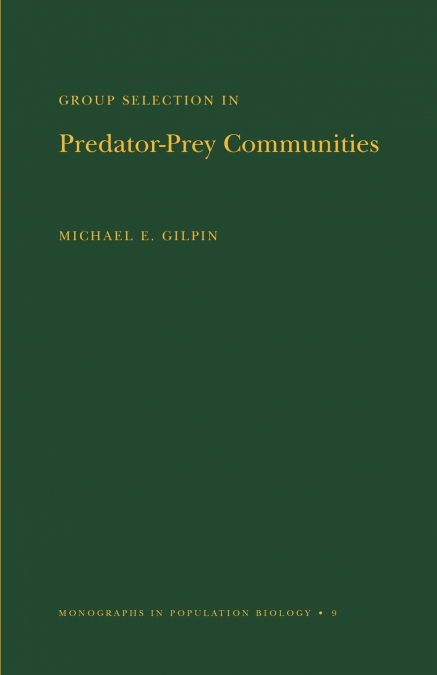
Michael E. Gilpin / Michael EGilpin
Many animals regulate their population density by patterns of behavior that would be easy to explain if the forces of natural selection acted to optimize group properties. But Darwinian selection acts on individuals, not groups, and most simple theories have shown group selection to be too slow ever to oppose individual selection successfully.In this book Michael Gilpin presents a model, based on predator-prey dynamics, wherein nonlinear effects are important, so that small advantages to the selfish individual are nonlinearly amplified into disaster for his group. The result is that group selection can be rapid and powerful. Of course many instances of apparent group selection can be explained by kin selection; in other cases, close examination reveals that seemingly altruistic behavior directly benefits the individual genotype as well as the group. The value of the monograph is that it provides a robust model in which group selection, pure and unadulterated, can be seen to work.